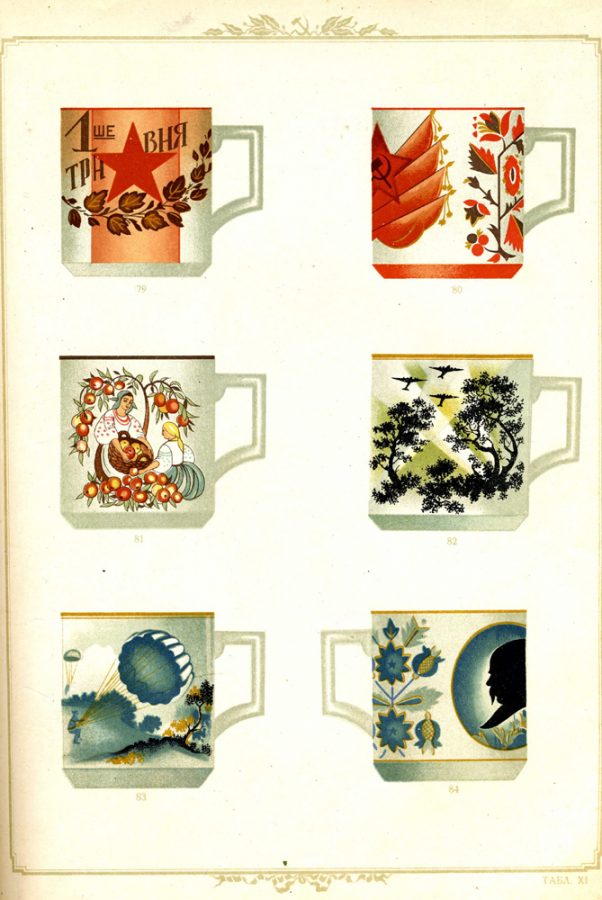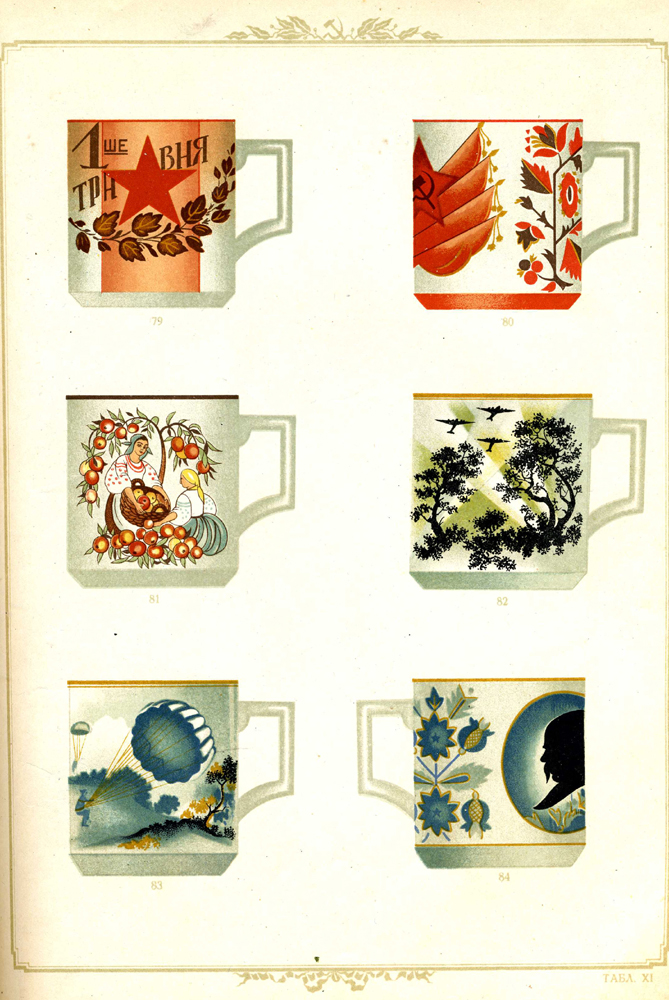This post was written by Victoria Cunningham, summer intern in the Smithsonian Libraries’ Education office.
This summer I had the pleasure of working on a team of interns under the direction of Education Specialist Sara Cardello to further expand the I See Wonder collection for the Smithsonian Libraries. I See Wonder is an excellent tool for teachers of all grades to help further extend students’ natural curiosity of the world. Children and teens are able to look at photographs and either verbally or in written form express what they see and then take it a step further and discuss what they wonder about the photograph. Teachers are then able to guide the students’ thinking and have them dig deeper to justify their reasoning or expand upon their wonderings. This natural way of learning helps students to develop a deeper understanding of topics through guided inquiry, versus being told exactly what they are supposed to learn.





